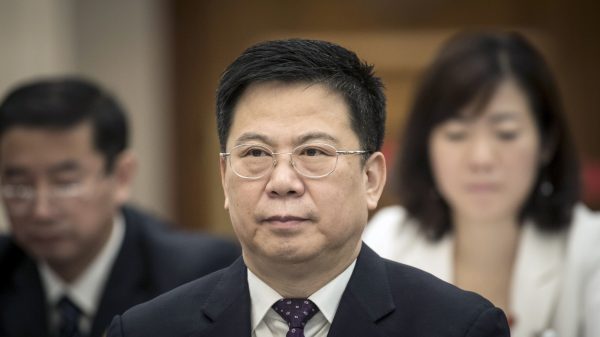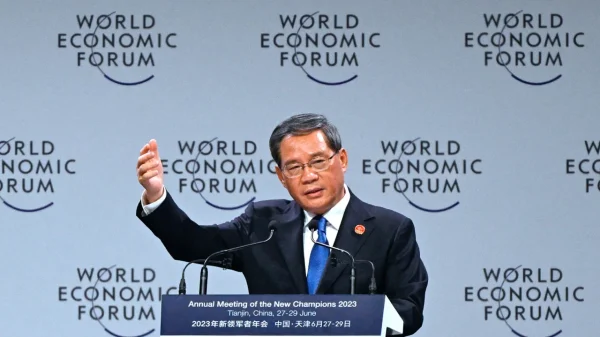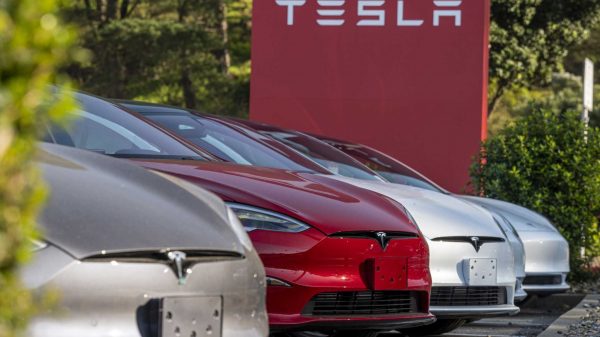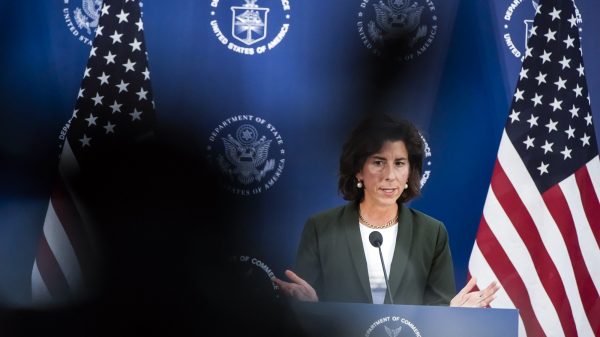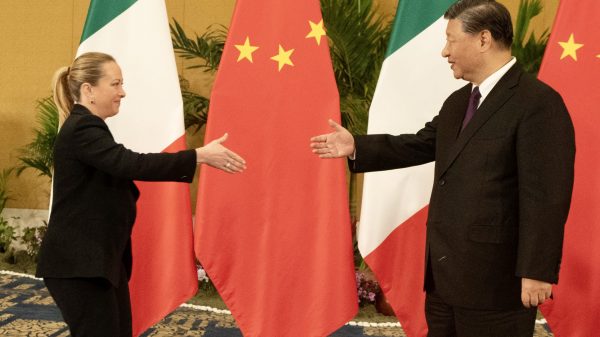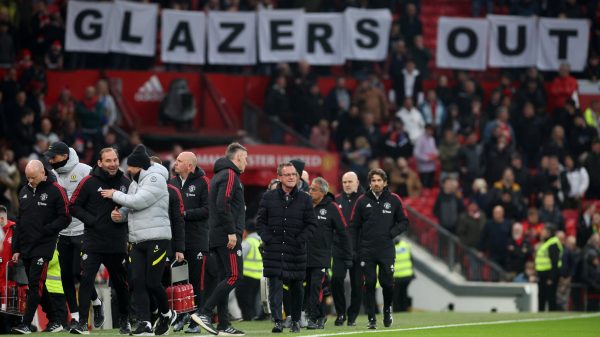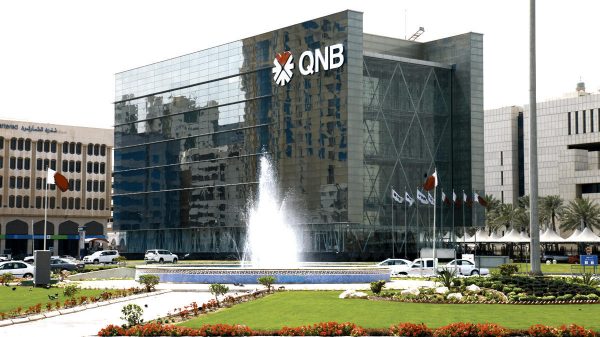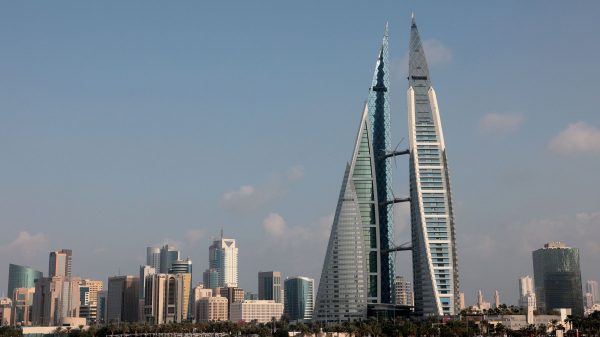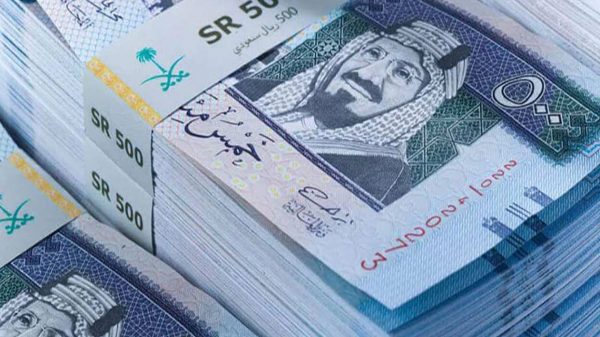State-wise targets are important because once you drill down at that level, then things can actually take shape rather than just talking in air, says Rajiv Kumar, VC, Niti Aayog, in an interview with ETNOW. Fixing infra deficit, cost of credit, labour reforms and exchange rates can give Indian economy a competitive edge, says Kumar.
Edited excerpts:
How do you propose to revv up Indias growth engine?
States have to be given separate targets. India is a diverse country with states of different size. For example, Maharashtra has a $400 billion economy today. They can say we want to double it or we want to reach one trillion in the next five years or something. Look at Tripura. It is a $36-billion economy and they can think of becoming a $80-billion economy. Look at the diversity in our country. The state-wise targets are important because once you drill down at that level, then things can actually take shape rather than just talking in air, so that is one.
You talked about the possibilities and he emphasised exports a lot because our share in merchandise trade is 1.67% and has been stuck there forever and ever. Now China has risen to about 13%. Even if we double or triple our exports, and which is easily possible, then from $300 billion, they again become a trillion and why shouldnt they? Their share of exports to GDP has actually fallen in the last few years. The exports is a huge possibility. The other very big one is agriculture. About 43% of our workforce is engaged in producing less than 18% of our GDP. It just shows that there is a massive potential for improvement in productivity and profitability and commercialisation of agriculture.
I will touch upon the two issues of agriculture and pushing exports in the economy but since you are saying that states should be given specific targets, is that really a case for bringing back the five-year plans?
No not at all. One, the states will not be given the target. He is encouraging the states to adopt themselves because given the diversity of our country, from Tripura to Maharashtra and from Kashmir to Tamil Nadu, no “one size fit all” policy will ever work.
Each one will have to determine its own set of strategy. It has to be tailor made and this is what Niti Aayog has been trying to do which is work its development partner for each state and then be grounded in their reality. The five-year plan, the Planning Commission exercise consisted of them projecting things and creating targets which no state ever took seriously.
There is simply no reason for bringing that back because one, we need to have the cooperative federalism which Niti Aayog is pursuing and competitive federalism. The one way to get the states going is what we are trying to say, “let us see how competitive you are in agriculture or in tourism”, things like that. The last thing here, for Niti Aayog to get this rate of growth, we need out of the box ideas. We need cutting edge ideas and that is the job of Niti Aayog and that job is a very critical one because that is the area in which by presenting the new thoughts and new ideas and then getting them implemented in the line ministries, a higher rate of growth can be achieved.
A lot of questions are being raised by the Former Chief Economic Advisor Arvind Subramanian where he said that GDP methodology could have led to an overestimation of 2.5 percentage point. How do policy makers like you navigate through numbers like these then?
One, I wish Arvind had taken cognisance of these numbers when he was in a position to have done something with it; two, just one number for you which is the tax-GDP ratio. The taxes are collected in cash and then you calculate a GDP ratio. So if your cash is the same because that is actual number, then with 2.5% GDP down, the tax to GDP ratio will go through the ceiling. Now how does he explain that? So that is the second part. The third part is look most of the time, policy is not about very precise numbers but it is about direction.
For example the manufacturing sector is about 14% of a GDP. Now it is too low compared to other peer countries. So you want to encourage that and the policy will try to do that. Same in agriculture. So we need the statistics of the highest quality. We are committed to doing that in the coming period and I think you will see action on this front quite soon.
When you are saying we will see action, can you specify for us?
I cannot possibly do that but I think you will have to wait for a little while.
Is there a change in the methodology, some kind of panel being set up?
Let us wait and see.
Since there is a need to push manufacturing and exports, how should one be making India more competitive?
See one thought earlier had been that if India was to enter into bilateral and regional trade pacts, the so called comprehensive economic cooperation agreements which we have signed with several countries, that will in some sense drive the change.
But in terms of our overall competitiveness, quite clearly things have not worked and. We need to go back to the drawing board and answer your question. There are four key drivers here; one is the infrastructure deficit. If there are companies who have to generate their own power or have to construct their own roads or industrial sheds, they will not be competitive. So that is one part of it.
As you can see, in the last five years a huge amount of attention has been given and for example, the power situation has improved enormously. So, that is the infrastructure part.
The second part of course, is the cost of capital. The cost of capital is inordinately high because given the inflation rate at which we are borrowing, this very large segment of a small and medium enterprises is actually borrowing at a much higher rate than formal credit. It is in some sense the access to credit which is an issue now and even more perhaps than the cost of credit. We have to resolve that and I am sure our very competent colleagues in the RBI will be tackling this because that is their realm.
The third of course, is labour. The Ministry of Labour has announced that three or four codes will Read More – Source
[contf]
[contfnew]
ET Markets
[contfnewc]
[contfnewc]







